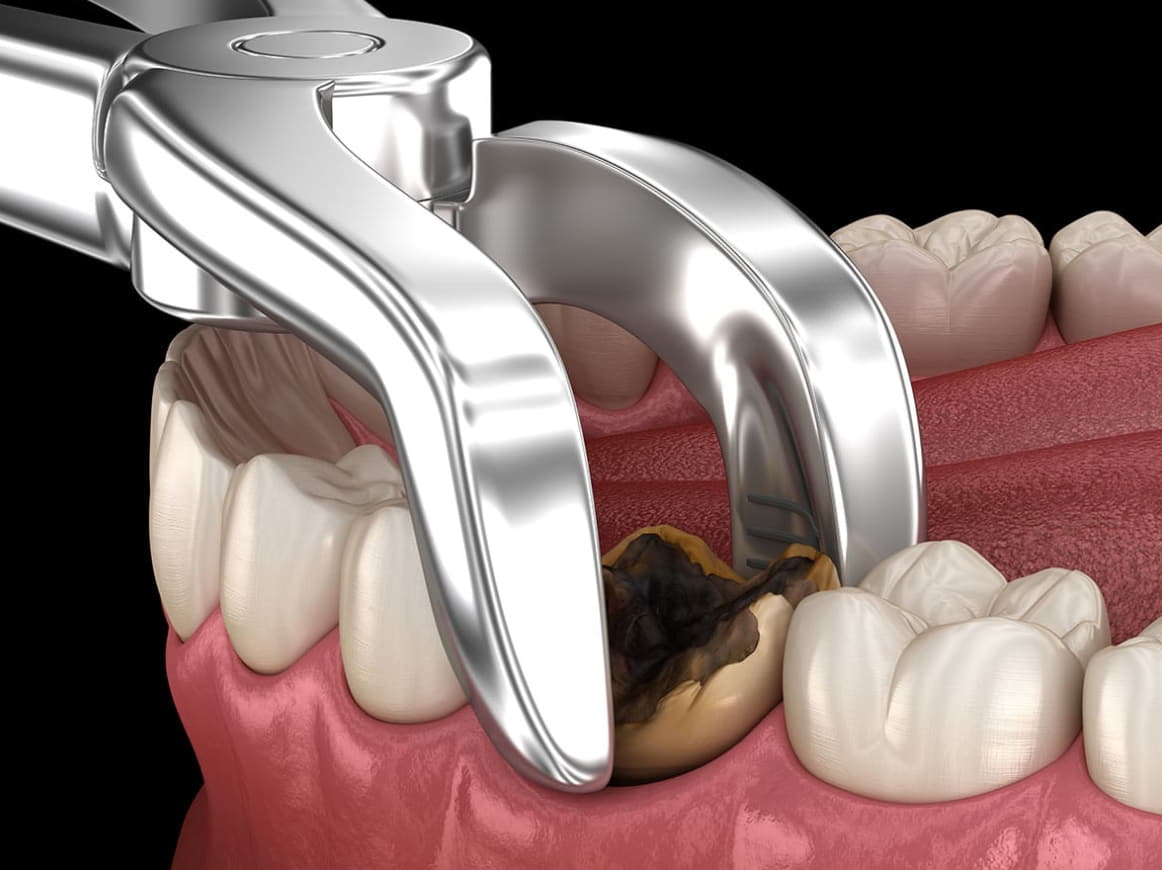29 Feb, 2024 | Stephen Andersen | No Comments
Innovative Techniques to Surgically Remove Wisdom Teeth and Providing Maximum Pain Relief

Wisdom teeth, also known as third molars, typically emerge in the late teens or early twenties and often cause problems requiring their removal. Traditional wisdom teeth extraction can be daunting, but innovative and minimally invasive techniques have revolutionized the process, leading to less pain, faster recovery, and more precise outcomes. Understanding these innovations is crucial for those on the cusp of this dental milestone. Here, this guide will demystify the modern approach to surgically remove wisdom teeth extraction, ensuring you’re informed and prepared.
Innovative Techniques for Wisdom Teeth Removal
Laser-Assisted Extraction
One of the most exciting advances in wisdom teeth removal is the use of lasers. This technique can offer precise incisions, cauterization of blood vessels, and minimal soft tissue damage. Laser-assisted removal has shown potential for reducing swelling and discomfort post-surgery, while also securing quicker recovery periods for patients.
3D Imaging for Precise Extraction
The integration of 3D imaging into the surgical planning for wisdom teeth removal is a game-changer. Dentists can now visualize a patient’s anatomy in greater detail, allowing for optimal precision in tooth extraction. This technology avoids critical structures such as nerves and sinus cavities, resulting in safer and less invasive surgeries.
Minimally Invasive Procedures
Through innovations in instruments and techniques, minimally invasive procedures aim to extract wisdom teeth with the least possible disruption to surrounding tissue. This approach generally results in less bleeding, post-operative pain, and a speedier recovery, making it an attractive option for many patients.
Maximizing Pain Relief Post-Surgery
While the above techniques can help minimize pain during the actual extraction, there are also ways to maximize wisdom tooth pain relief after surgery. Here are a few tips:
Pain Management Medication: Utilise over-the-counter pain relief medications, such as ibuprofen or paracetamol, as recommended by your dentist or surgeon. For severe pain, prescription medications may be necessary.
Cold Packs: Apply cold packs to the cheek near the extraction site for 20 minutes at a time. This can help reduce swelling and numb the area, providing temporary relief.
Salt Water Rinses: After the first 24 hours, gently rinse your mouth with warm salt water several times a day to help reduce swelling and prevent infection.
Soft Foods: Stick to a diet of soft foods like yogurt, soup, and applesauce during the first few days post-surgery. Avoid hot, spicy, or hard foods that could irritate the wound.
Elevate Your Head: When resting, keep your head elevated with pillows to help reduce swelling.
Avoid Sucking Motions: Steer clear of using straws, smoking, or anything that requires a sucking motion, as these can dislodge the blood clot forming in the socket, leading to further complications.
Conclusion
In conclusion, the landscape of surgically remove wisdom teeth has dramatically transformed thanks to advancements in dental technology and technique. From laser-assisted extractions to 3D imaging and minimally invasive procedures, patients now have access to treatments that promise less pain, quicker recovery, and reduced risk of complications. By choosing a dental professional versed in these innovative methods and following post-surgery care advice closely, individuals can make their experience of wisdom teeth removal as comfortable and efficient as possible. This evolution in dental care not only enhances patient comfort but also improves overall outcomes, marking a significant step forward in oral health management.
